 A two million euro grant could see professor Alan Rowan of Radboud University turn so-called super gel into a band-aid on steroids (figuratively, of course).
A two million euro grant could see professor Alan Rowan of Radboud University turn so-called super gel into a band-aid on steroids (figuratively, of course).
The Nijmegen-based professor of molecular chemistry accidentally discovered super gel in 2013 when his team put a jar of polymers in the fridge. Instead of gelling, the polymers dissolved completely into water, but when the researchers took the jar out of the fridge, the solution turned into a gel again.
According to Kennislink the super gel “acts the same as the extracellular matrix (ECM) in the human body. This matrix is a network of molecules connecting the cells, providing fibres with both support and elasticity. The most important constituents of ECM are the natural polymers collagen and fibrin.”
Companies from all over the world sent professor Rowan their ideas of what the new gel could be used for, from letting sports bras firm up when the wearer gets warmer to slowly releasing pesticides after they have been sprayed on plants. “Companies want a finished raw material, but we did not know anything about the gel. We needed to know whether we can guarantee the quality, whether the polymer is poisonous, how long it lasts and if the human body can digest it.”
The two million euro grant was one of five grants awarded by the Netherlands Organisation for Health Research and Development (ZonMw) on 5 February.
(Photo by Wikipedia user Henningklevjer, some rights reserved; link: Radboud University)
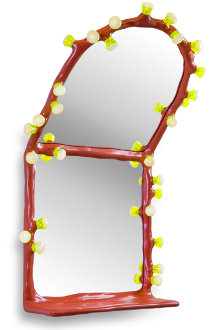 LEDS Clay is the name Maarten Baas from Den Bosch and Bertjan Pot from Rotterdam gave to a series of LED and clay based custom products they designed.
LEDS Clay is the name Maarten Baas from Den Bosch and Bertjan Pot from Rotterdam gave to a series of LED and clay based custom products they designed. 
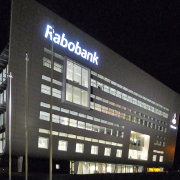 The court of The Hague has rushed to the aid of Dutch bank Rabobank when it censored the book ‘De Verpanding’ (The Pawning) last Friday.
The court of The Hague has rushed to the aid of Dutch bank Rabobank when it censored the book ‘De Verpanding’ (The Pawning) last Friday.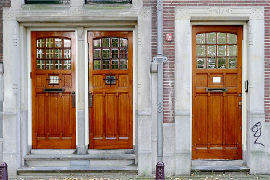 The Dutch are among the tallest people in the world.
The Dutch are among the tallest people in the world. 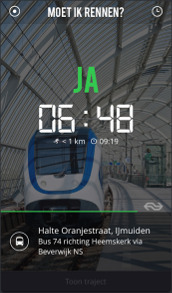 Can I still catch the bus or train if I start running now? That is the simple question
Can I still catch the bus or train if I start running now? That is the simple question  A two million euro grant could see professor Alan Rowan of Radboud University turn so-called super gel into a band-aid on steroids (figuratively, of course).
A two million euro grant could see professor Alan Rowan of Radboud University turn so-called super gel into a band-aid on steroids (figuratively, of course).  The top 5 of hurtful words in the Netherlands among 18 to 25-year-olds is, according to a recent study:
The top 5 of hurtful words in the Netherlands among 18 to 25-year-olds is, according to a recent study: German windmills are disrupting the proper spying on Dutch citizens by the Dutch military secret service MIVD, or so the latter complains.
German windmills are disrupting the proper spying on Dutch citizens by the Dutch military secret service MIVD, or so the latter complains.  Waterschap Zuiderzeeland has animated a tweeting turd, Drolly_21, to create interest for the water board elections in the Netherlands next week.
Waterschap Zuiderzeeland has animated a tweeting turd, Drolly_21, to create interest for the water board elections in the Netherlands next week.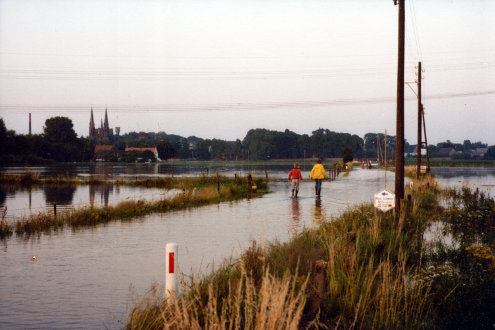
 Cycling is an everyday mode of transport in most of the world, but nowhere do people choose to ride their bikes to work, school, football practice and bars as much as in the Netherlands.
Cycling is an everyday mode of transport in most of the world, but nowhere do people choose to ride their bikes to work, school, football practice and bars as much as in the Netherlands.